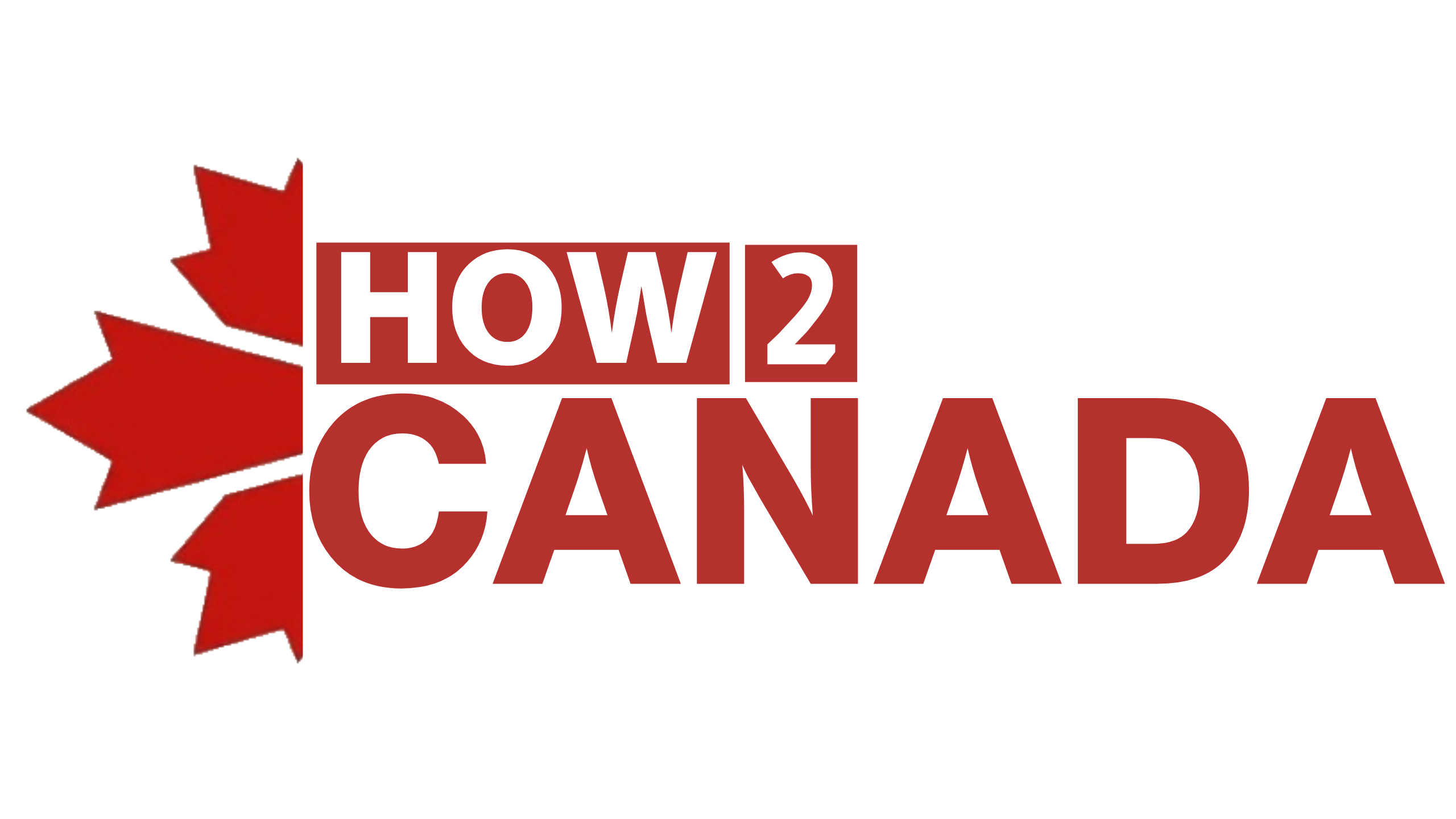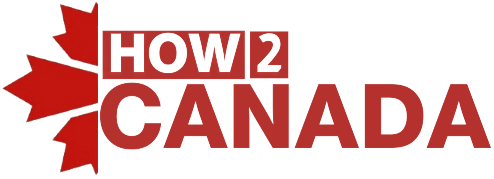📑 How to Get Your Credentials Recognized in Canada

For many newcomers to Canada, having your foreign credentials recognized is a crucial step toward finding employment in your field. This guide provides a detailed overview of the process to help you understand how to get your educational and professional credentials recognized in Canada.

📝 In this article:
- 🙋 Understanding Credential Recognition
- 🔍 Researching Your Profession
- 📑 Getting an Educational Credential Assessment (ECA)
- 🎓 Licensing and Certification
- 🧑💻 Bridging Programs
- 🛟 Seeking Assistance
🙋 Understanding Credential Recognition:
Credential recognition is the process of assessing your foreign education, skills, and work experience to determine their equivalency to Canadian standards. This process is important for regulated professions and trades, as well as for accessing further education in Canada.
🔍 Researching Your Profession:
Determine if your profession is regulated in Canada. Regulated professions require certification or licensing from a regulatory body to practice. Examples include healthcare, engineering, and teaching. Use resources like:
📑 Getting an Educational Credential Assessment (ECA):
An ECA is an evaluation of your foreign educational credentials to determine their Canadian equivalency. ECAs are required for some immigration programs and may be needed for employment or further education. Approved organizations for ECAs include:
- World Education Services (WES)
- International Credential Assessment Service of Canada (ICAS)
- Comparative Education Service (CES)
- International Qualifications Assessment Service (IQAS)
🎓 Licensing and Certification:
If your profession is regulated, you will need to obtain the necessary licenses or certifications to practice in Canada. The process typically involves:
🧑💻 Bridging Programs:
Bridging programs are designed to help internationally trained professionals transition into the Canadian workforce by providing additional training, language support, and work experience. These programs can help you meet licensing requirements and gain Canadian work experience. Examples include:
- Career Paths for Skilled Immigrants (British Columbia)
- Ontario Bridge Training Program
🛟 Seeking Assistance:
There are various organizations and resources available to assist you with the credential recognition process, including:
🎬 Conclusion:
Getting your credentials recognized in Canada is an essential step for many newcomers seeking employment in their field. By understanding the process, obtaining the necessary assessments, and seeking assistance, you can successfully navigate the credential recognition process and achieve your career goals in Canada.





Comments ()